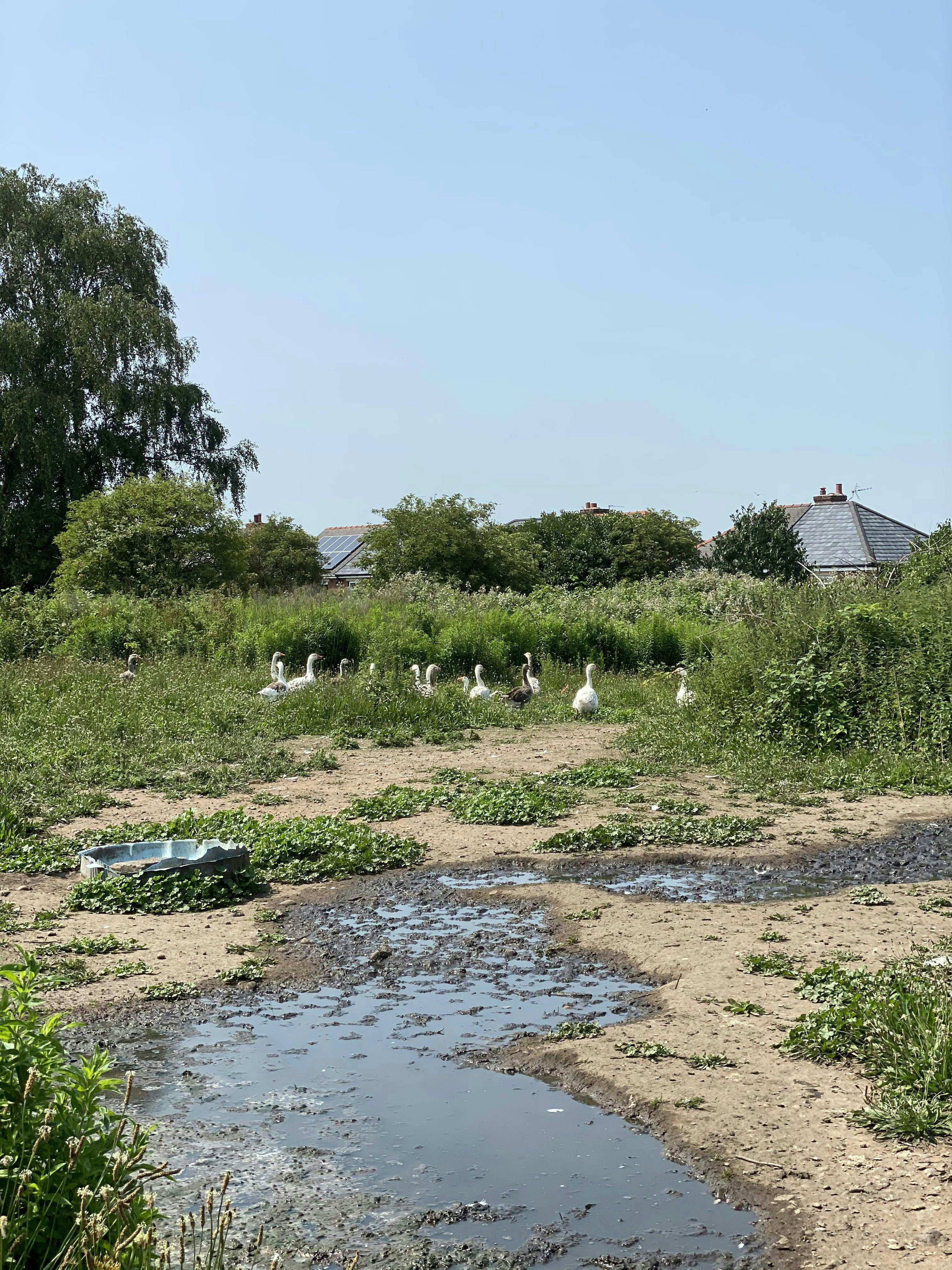How can engineers improve the biodiversity of their sites?
When we think about saving the planet in the fight against climate change, our minds often jump straight to embodied carbon and how we can reduce it. But there’s a lot more to protecting the environment than just carbon emissions and this often starts with protecting the status quo.
Biodiversity of sites
Long before humans came along and started constructing buildings, the planet was doing pretty well on its own. Made up of diverse ecosystems and a complex chain reaction, the natural world can do amazing things. So while we aim to improve our way of living and create a planet for a brighter future, it’s important we don’t destroy the things that were already doing perfectly well without us.
This means protecting natural wildlife in the process of building. And we can even go one step further than that. Biodiversity Net Gain is an approach to building which aims to ensure that natural wildlife habitats are left in a better state than before. As well as protecting existing habitats, this process counteracts any impacts on biodiversity in a positive way so that anything affected is compensated for above and beyond.
The Environment Bill
The Environment Bill, which passed in November 2021, will make Biodiversity Net Gain mandatory for planning applications in England to ensure that the environment is at the heart of every project passed (subject to certain exclusions).
While many developers already use Biodiversity Net Gain in their projects, clearly more needs to be done to ensure that this is implemented on a much wider scale. With a 13% decline in average abundance across wildlife studied since the 1970s, The Environment Bill should hopefully halt these losses and even start to reverse some of the effects.
The Bill states that all new developments in England will need to incorporate a 10% biodiversity net gain. While this is obviously great news for the planet, it will have significant implications for housebuilders and developers as all planning applications will need to be accompanied by a biodiversity net gain plan to show how they propose to achieve the 10% gain. It may be more work on the part of the construction industry, but it will no doubt prove to be worth it in years to come.
How to improve biodiversity
The starting point of improvement of any kind is to establish a baseline. In order to improve biodiversity, you must first measure the existing site and assign condition assessments using The Biodiversity Metric 2.0.
Once this has been completed, the Biodiversity Net Gain plan can then be created to work out how the 10% gain can be achieved. It can either be done by making improvements on the site (through scheme design or landscape strategy), or it can be achieved offsite. The Net Gains proposed must be maintained for a minimum of 30 years in order to qualify.
When looking to improve the biodiversity of a site, it’s good practice to first look at conserving and enhancing on-site habitats and to achieve the 10% gain there if possible. This won’t always be possible of course, so offsite mitigation offers an alternative option.
There are exemptions to the Bill which include irreplaceable habitats (protected by existing law and policy), nationally significant infrastructure projects, marine development and some urban brownfield sites. Some developments (such as small sites) may also be subject to a simplified assessment process.
Since The Environment Bill reached royal assent on 15 November 2021, it means the new net gain requirements will come into effect during a 2 year transition period from that date. And while engineers, architects and developers alike continue to prioritise sustainability and the environment at a growing rate, it makes sense to assume that the changes will be in place sooner rather than later.
